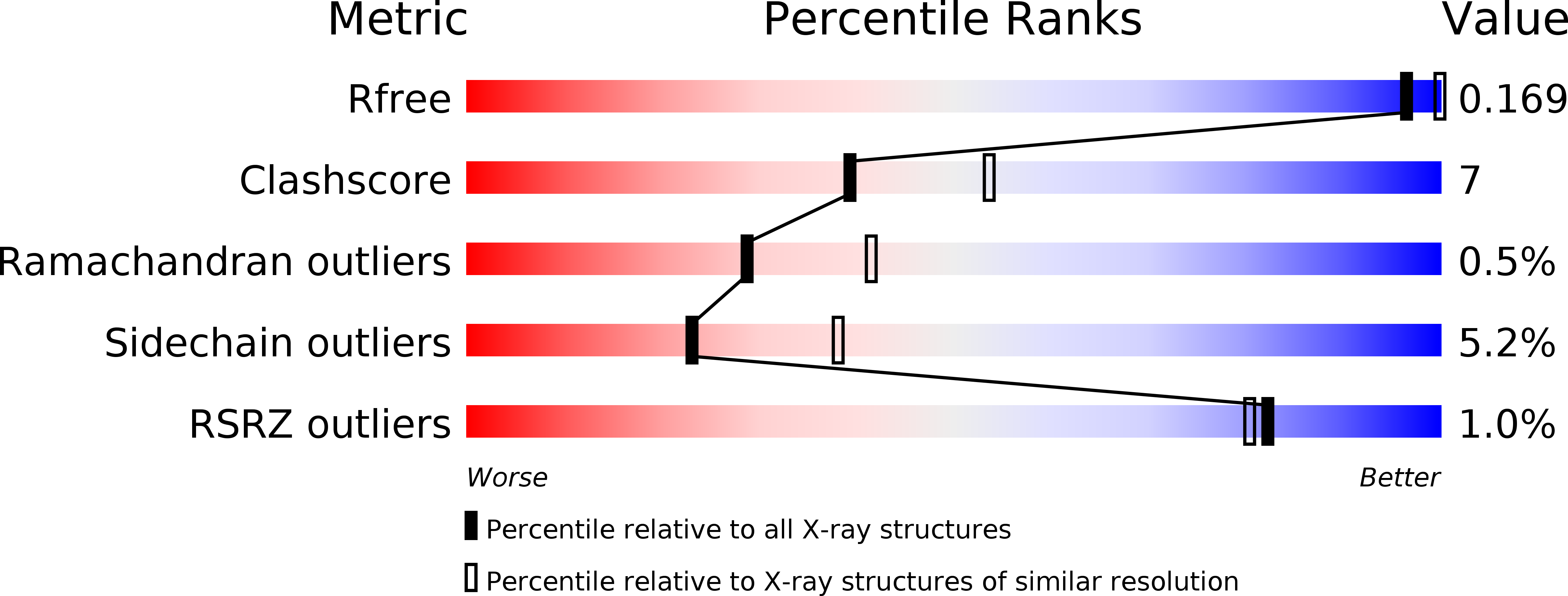
Deposition Date
2012-04-17
Release Date
2012-11-28
Last Version Date
2023-12-20
Entry Detail
PDB ID:
4AQH
Keywords:
Title:
Plasminogen activator inhibitor type-1 in complex with the inhibitor AZ3976
Biological Source:
Source Organism:
HOMO SAPIENS (Taxon ID: 9606)
Host Organism:
Method Details:
Experimental Method:
Resolution:
2.40 Å
R-Value Free:
0.18
R-Value Work:
0.15
R-Value Observed:
0.15
Space Group:
P 31


